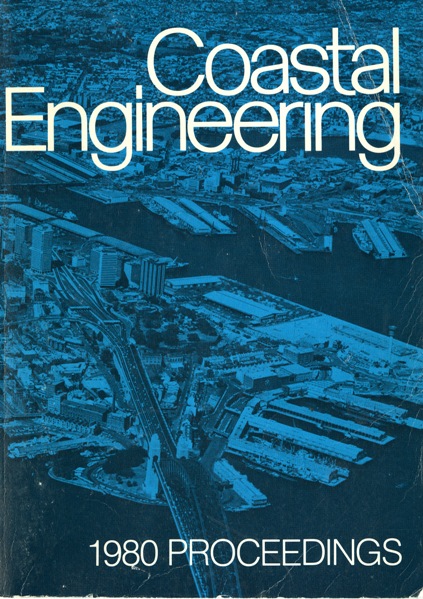Abstract
The transport of fine suspended sediment in a partly-mixed estuary has been simulated on a physical model of a schematic estuary reproducing the main geometrical and hydrodynamical characteristics of the Gironde Estuary (France). The natural sediment consisting of silt and clay is simulated using a light and fine material, gilsonite, and the flocculation-'processes in salt water and under turbulence induced by tidal currents have been reproduced by adding in salt water a flocculating salt solution (sodium pyrophosphate). Then the formation of the turbidity maximum surveyed in the field and its upstream-downstream migration in response to varying river discharge have been successfully simulated and the results of different series of tests lead to the following conclusions : - flocculation processes - which are responsible of the variation of the settling velocity with salinity and turbulence-have to be reproduced to explain the formation of the turbidity maximum ; - after high river discharges the convergence of bottom residual currents (null point) due to the salinity intrusion creates a trap for suspended sediments supplied by the river flood which accumulate in the form of the turbidity maximum. Without salinity intrusion, a large amount of sediment would escape out of the estuary to the sea ; - during low river flows, a part of the suspended sediment migrates upstream but the amplitude of this migration is small compared with the displacement of the upstream limit of the salinity intrusion ; - the upstream migration of the turbidity maximum-is increased when a transverse bottom morphology (existence of a deeper navigation channel) is represented.
Authors retain copyright and grant the Proceedings right of first publication with the work simultaneously licensed under a Creative Commons Attribution License that allows others to share the work with an acknowledgement of the work's authorship and initial publication in this Proceedings.

